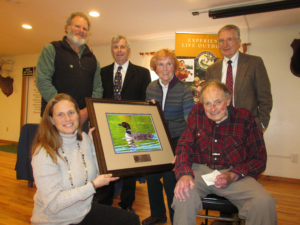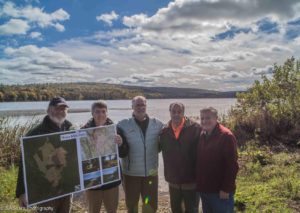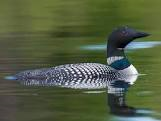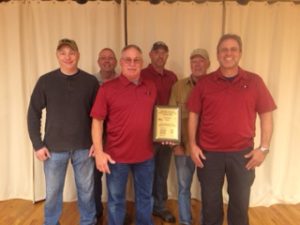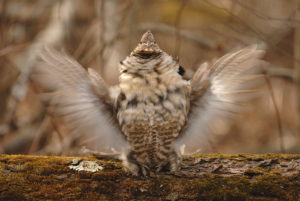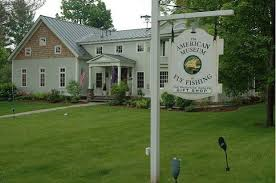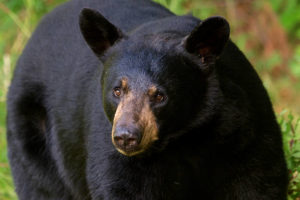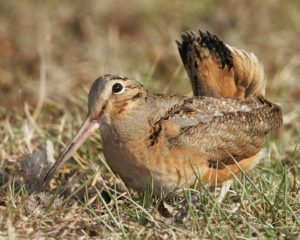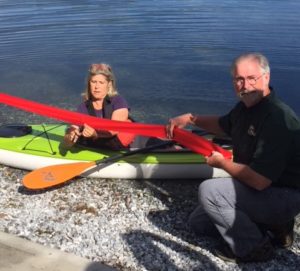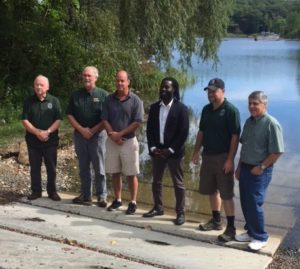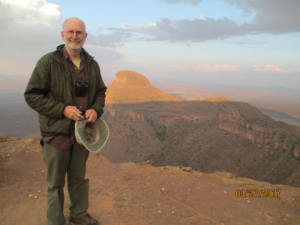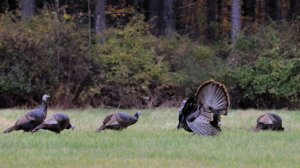
At the request of the Fisheries and Wildlife Board, and in response to a request submitted by the National Wild Turkey Federation (NWTF), MassWildlife initiated a review of wild turkey hunting regulations with the goal to evaluate potential changes to enhance turkey hunting opportunities. The Fisheries and Wildlife Board is considering the following regulatory changes:
1. Youth Day – Expand hunting hours to ½ hr before sunrise until 5 P.M on the single day designated for the Youth Turkey Hunt.
2. Allow all permits issued to youths aged 12-14 to be utilized across the entire spring AND fall season.
3. Spring Season – Increase the daily bag limit to 2 per day.
4. Fall Season – Expand fall season (ARCHERY ONLY) to overlap the exclusive archery deer season.
5. Allow 2 spring tags and 1 fall tag (3 turkeys total per year) for all permit holders.
In making the case for the above proposed changes, David Scarpitti, MassWildlife Turkey Project Leader, presented the following background information to the Board:
The goal is to maintain hunter satisfaction in a way that will not compromise other hunters (pheasant, deer, rabbit, etc.). In order to find the right balance, an elaborate review was conducted with a good cross section of people and agencies
They looked at the harvest data from the 1980’s until present and learned that turkeys now exist in over 350 municipalities and towns in MA. After sharp harvest rises in the early years, the population and harvest stabilized over the last 10 years to around 35,000 turkeys and annual harvests of about 3,000 birds.
They analyzed the ratio of adults in the spring season to the juvenile ratio and determined that hunters are choosing to select adults. There is a good brood production year after year and they are getting lots of recruitment of mature birds. The ratio is 3 to 3 ½ adults to juvenile. MassWildlife is confident they have a high robust population and high satisfaction of hunters across the state. Allowing 3 turkeys total per year should pose no problems.
They have never had a lot of harvested birds in the fall. The harvest sex ratio is 50/50. With 350 towns in MA, and hunters harvesting 100 hens a year, and that is less than 1 female for every 3 towns. “That tells us we have a lot of potential in the fall season and can harvest considerably more females. There is little threat from over harvesting”, Scarpitti said.
One component of fall turkey hunting season that is increasing is the archery component. Last fall archers took 40% of last year’s total fall harvest. Studies show that half of the fall turkey hunters are doing so in conjunction of archery hunting season for deer.
Scarpitti cited figures showing that 20 to 25% of successful spring turkey hunters do not have an opportunity to hunt in the fall. By expanding the archery turkey hunting season in the fall, it will allow archery deer hunters to hunt turkeys. He recommended expanding the current 2-week season to overlap the archery deer hunting season.
MassWildlife is looking for feedback on these proposed changes. Berkshire hunters are welcome to contact the Western District Office (413) 684-1646 or David Scarpitti, Turkey Project Leader (508) 389-6300 David.Scarpitti@mass.gov .
At its November 1, 2018, Berkshire County League of Sportsmen Meeting, DFW Western District Supervisor Andrew Madden discussed the proposed changes. After discussions, the League delegates voted and unanimously approved going on record as supporting the proposed turkey regulation changes.
Update on Youth Deer Hunt Harvest Report
The 2018 Youth Deer Hunt Day was held on September 29. This unique opportunity allowed young hunters to hunt deer with their own permit during a special one-day season that preceded the Commonwealth’s regular annual deer hunting seasons. This year MassWildlife issued 1,115 youth permits and 125 harvested deer were reported online. Deer reported at physical check stations will be tallied and added to the total at the conclusion of the regular deer hunting seasons.
Disturbing Environmental Police statistics
During the latest MA Fisheries & Wildlife Board Meeting which was held on October 25 in Lenox, the Massachusetts Environmental Police representative, Major Loos, reported that there were 59 ORV/ATV accidents in 2018 with 9 fatalities. There were also 104 boat accidents with 12 fatalities.
How tragic! Please, please exercise caution when out on these vehicles/water craft.
Do you know about the 37-mile Taconic Crest Trail?
If you’ve ever hiked through the Pittsfield State Forest, over Berlin Mountain, to the Snow Hole in Petersburg or along some of the Shaker Trails above Lebanon Mountain, you’ve seen the bright blue triangles that mark the Taconic Crest Trail.
If you love this kind of access to recreational opportunities along the Taconic Range, the Taconic Hiking Club (THC) wants to extend an invitation to you to join them.
The THC has been in existence since 1932 and has a strong legacy of trail advocacy at the state and local level. It maintains thirty-seven miles of the Taconic Crest Trail and five of its access trails. It also protects and secures parking and trail access and offers seasonal outings for hikers, bikers, and paddlers. It runs a well-attended and supported biennial End-to-End hike over 29 miles of the trail from Berry Pond to Vermont.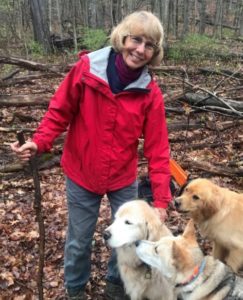
Over the years the Club has provided social opportunities for people who love the outdoors and has published two series of professional-level maps of the trail. Members have volunteered hundreds of hours of trail clearing, blazing, and marking and have turned out in force to keep the trail motor-free and free of irresponsible logging.
The trail winds along the Taconic Ridge in and out of New York and Massachusetts. When either DEC (Dept. of Environmental Conservation in NY) or DCR (Dept. of Conservation and Recreation in MA) have issues in that region they include THC in the discussion. The Club is an important agent for protection of this large forested area.
Both New York State and Massachusetts cite the Taconics as areas of special interest in their Open Space Plans, and there is a new consortium of land trust groups from the surrounding 4-state area that is focused on the Taconic Range. The Taconic Range provides recreation in one of the last remaining intact forested areas and serves as an important wildlife corridor.
The Club is seeking new members. By joining you help solidify the membership base and give recognition to the Club’s mission and purpose. Dues are minimal at $10.00. No activity is required, but you might want to order that map and check out the trail on some beautiful fall day.
Many thanks to Karen Ross of New Lebanon, NY for the info. She has forwarded it to us because she believes that many people in the Berkshires have never heard of the Taconic Crest Trail or the Taconic Hiking Club. For more information on the Taconic Hiking Club, click onto http://taconichikingclub.org.
Incidentally, Karen began volunteering her time with the Berkshire Natural Resources Council in 2001, “doing monitoring, blazing, boundary marking, trail clearing, map making, writing, editing, documentation—whatever was needed”.


